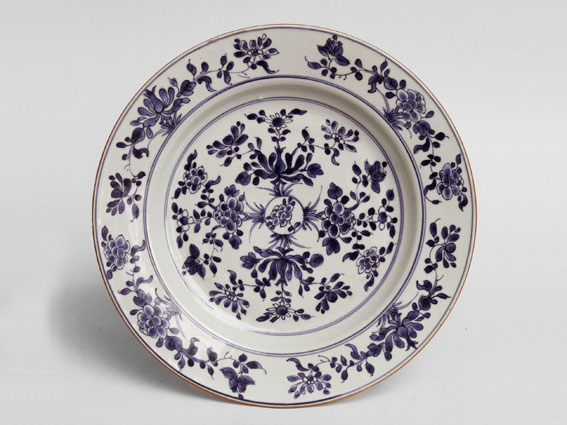The Treasures on the "Gotheborg" - Chinese Porcelain Collections in Sweden
From the second half of the 17th century to the early 18th century, porcelain was the mainstream commodity of China's foreign trade and was once exported in large quantities to various countries in Europe. At that time, Europeans' obsession with Chinese porcelain was no less than their pursuit of gold and silver, and they were extremely proud of owning Chinese porcelain. As another country that set up a trading post in Guangzhou, China after the UK, France, the Netherlands and Denmark, Sweden, under the permission of the Qing government, repeatedly exchanged ships full of silver for Chinese porcelain, tea, silk, spices and other luxury goods to be transported to Sweden and other European countries. In 1745, a Swedish merchant ship named "Gothenburg" sank unexpectedly on its return voyage, casting a mysterious veil over this batch of oriental porcelain.
